Gregarová K., Atkinson C. , Zieritz A., Douda K.
katerinagregarova@gmail.com
Biofiltration by freshwater mussels is recognized as an important ecosystem service and is often used as a tool in the monitoring of water quality. The process of biofiltration and therefore, purification of water, can be quantified by measuring an organism's clearance rate, sometimes also referred to as filtration rate. Freshwater bivalve clearance rates and the factors affecting the same have been the subject of many scientific studies over the recent decades. However, the clearance rates quantified for different freshwater mussel species and populations in different studies are generally not directly comparable due to differences in study design and methodologies employed. Here we present the launch of a coordinated research network that will focus on quantifying the spatial, temporal, and methodological sources of variability in clearance rates and other basic freshwater mussel ecosystem function estimates. The initiative will run within the framework of EU-COST Action 18239 (confremus.eu) and will commence with an international training school at the Czech University of Life Sciences, Prague, 14-17th September 2021. Particular focus will be put on developing a standardized protocol for quantifying freshwater mussel clearance rates and the effects of external (e.g. particle concentration) and internal (e.g. genotype) factors on the functional response of bivalves. Further focus will also be on generating equations describing the relationships between mussel biomass and clearance rate, with the aim to improve our ability to estimate the biofiltration capacity of mussel communities across large geographic scales. The first results of a systematic review of published data on the link between biomass and clearance rate data will be presented.
Acknowledgements: COST CA18239 - Conservation of freshwater mussels: a pan-European approach
